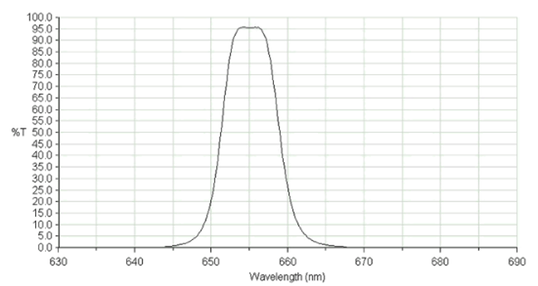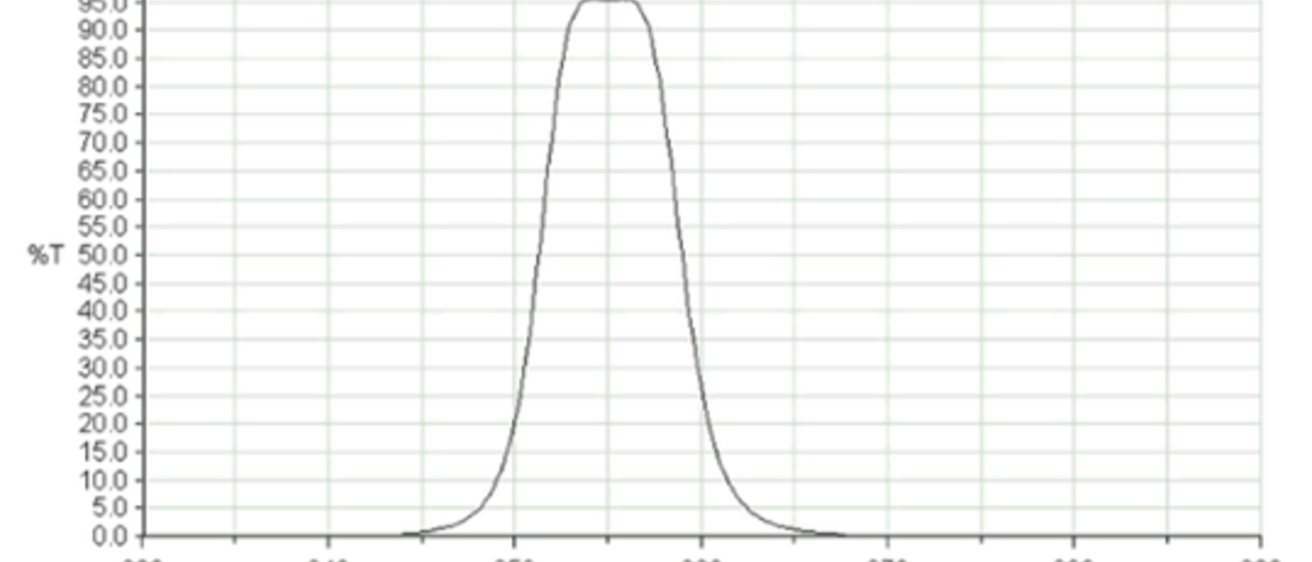
Breadcrumb
- Home
- Labs
- Observational Labs
- Observing with the VAO
- Part 2: Selecting a VAO Filter
Part 2: Selecting a VAO Filter
Selecting Filters
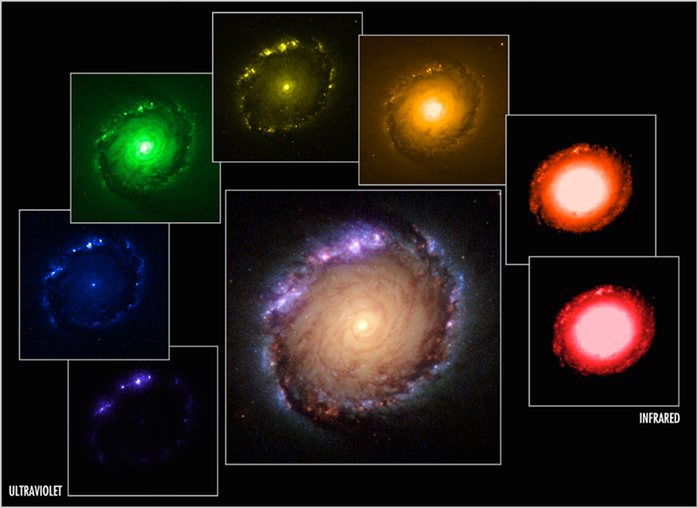
Hubbble Space Telescope
Most astronomical cameras also have colored filters to block out certain kinds of light. These filters can allow one to see how bright objects are in different colors, or to look at the specific spectral line of a common element such as hydrogen. Look at the example image above. Hubble Space Telescope took this image of a galaxy using different filters. In the lower left, you can see the image taken in ultraviolet, then the next five filters were taken in the optical, or visual, regime of the electromagnetic spectrum, such as R, G, and B (all three filters are available at the VAO), and finally the image on the lower right is an infrared image. While each image shows different properties and structure of the galaxy, it can be useful to combine all the images to produce a complete image, which is what is shown with the image of the galaxy at the center.
While having a color image is helpful to understand properties of the object, and while these same images are beautiful to look at, we call these images false-color images. The colors don’t represent the true appearance of the object, instead we have assigned color filters to help bring out features. In many cases, like in the case of narrow-band (only a few wavelengths of light are let through the filter), red hydrogren alpha (H-alpha) filters, the prescence of the color is tracing real information such as the location of elements going through an atomic transition, though it is not a real color that you would see with your eyes. The VAO has one of these H-alpha filters. Similarly, some narrow-band filters trace sulfur or oxygen (oxygen III, OIII in the green wavelength range is used; twice-ionized oxygen), so when you look at many false color images and see green, you can suspect it is showing you the locations of an ionized state of oxygen. It is convenient to use colors to map out these features, but the galaxies or other sources aren't actually red, or green. Here is a nice summary of different properties of astronomical images, though it may be specific for the Hubble Space Telescope at times.
Filter choice is largely up to the observer. FIlters at the VAO include R, G, and B broad-band filters and an H-alpha narrow-band filter. A narrow-band filters like H-alpha can be useful for picking up details in nebulae (both nebula where stars are formed and planetary nebula (gas expanding from dying stars)). Collecting a series of RBG images can be interesting for most targets, as a tri-color image can then be created. Or a H-alpha (redder wavelength) image could be taken to color combine with a G and B image for a tri-color image.
Filters at the VAO
R filter
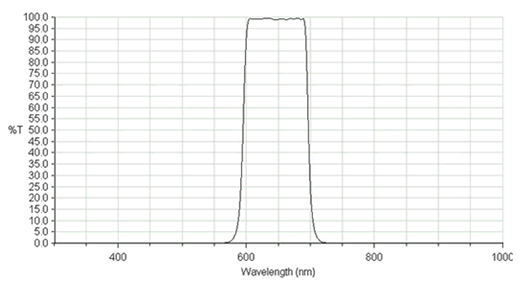
G filter
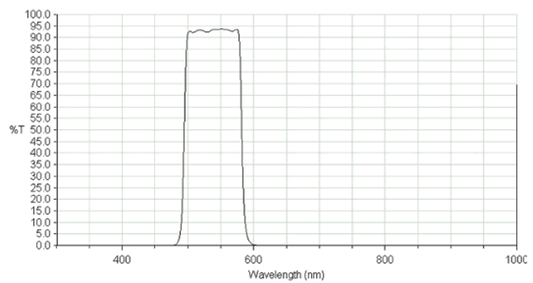
B filter

H-alpha filter
